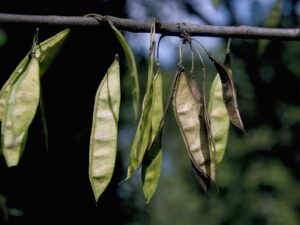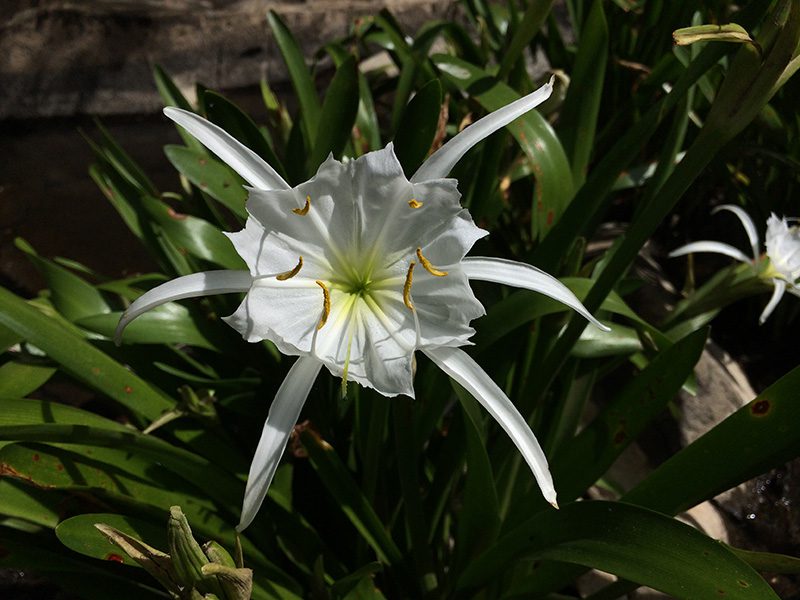March plant of the month is Cercis canadensis. Commonly known as eastern redbud or just redbud. The lesser used common name of American Judas tree comes from some early settlers who thought our native tree resembled a similar species, Cercis siliquastrum, which they were familiar with as the Judas tree. Our native redbud is a medium sized deciduous tree, reaching 20 to 30 feet tall and about the same dimensions wide. While this tree can be grown in full sun, it prefers at least some shade particularly from the late afternoon southern sun. Eastern redbud prefers average, well drained soils with consistent moisture. There should be neither long durations of standing water or extensive drought. These trees do not transplant well, so it is best to plant when small and leave undisturbed.
Eastern redbud has an extensive native range, spanning almost all of the eastern half of the United States. Redbud can be found growing from west central Florida north to New Jersey then west across to eastern Nebraska and south to central Texas. Within South Carolina, there are historic records from nearly every county, so this plant can be grown from the coastal plain and all the way up into the mountains.
What makes eastern redbud a show stopper is the early spring display of bright pink flowers that emerge in clusters along the stems long before the leaves emerge. Cauliflory is the botanical term used to describe plants whose flowers emerge directly from the woody stems and branches rather than from new growth as is displayed by the redbud trees. The flowers of the redbud tree are edible and are purported to be high in Vitamin C. The flowers can be eaten raw in salads, or used to make jelly. The unopened buds can even be pickled and used like capers.

Here are the seed pods of the eastern redbud. If you hadn’t guessed from the shape of the flowers, maybe these pods will give away that redbuds are in the Fabaceae or the legume family. However, redbuds are not nitrogen fixing plants like some other member of the legume family. The seed pods develop over the summer and mature in the fall.



